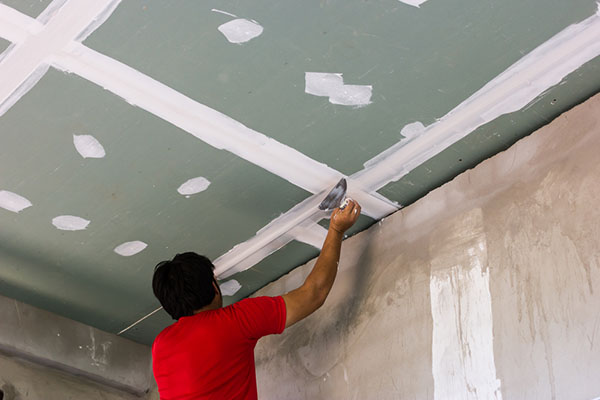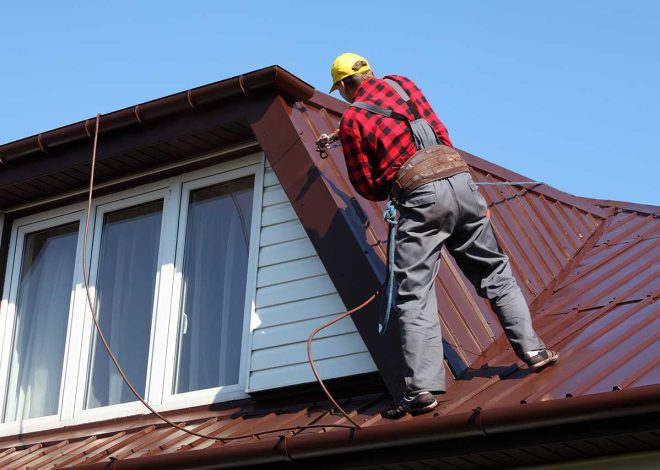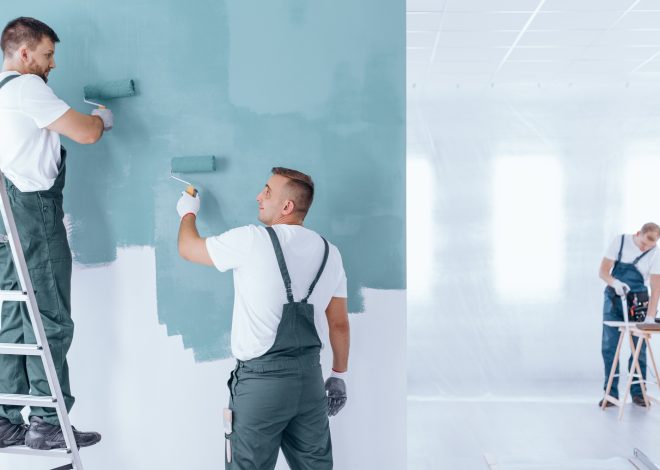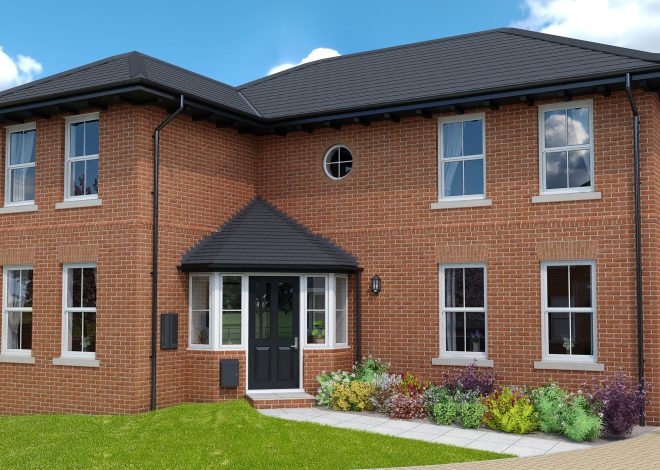
What Should You Know About GIB stopping
In the world of interior plastering, GIB Boards go by the name Plasterboards. The most amazing thing about them is that they are made of 100% eco-friendly paper and natural gypsum. GIB stops involve installing plasterboard, internal wall plastering, skimming the walls, texture removal and interior painting. If you have plasterboard ceilings and walls, GIB can be done with a smooth finish.
Plasterboard walls and ceilings can be finished with a smooth, precise finish.
In terms of GIB repairs, quality is important as it impacts both the aesthetics of the space and the safety of residents. Any damage could lead to serious injury. It is best to contact professional Gib stoppers and Gib Installers in Auckland as this will save you time and ensure your safety.
There is a wide variety of GIB boards available on the market.
- Fire-resistant
- Noise resistance
- Impact-resistant
- Water-resistant
Why you should call a professional to fix your GIB.
- GIB Fixing requires skill sets for a clean finish. Installation requires patience and you need to know the specifics.
- Professionals follow a process of quality control that sets out precise standards in every aspect of the services they provide. They also document their work so that it can be shown that criteria is met at each stage.
- During GIB halting specific standards must always be adhered to. Certified GIB fixers adhere to the ASNZ Standards regarding back-blocking, sheet arrangement and sheet placement. For better crack resistance, the standard must be adhered to.
- Experts will coordinate their installation with your design and style. They will ensure that the system is operating well within the space constraints.
- You can get a better finish by using fewer cuts and butt joints. Avoid putting joints in congested areas. These areas can be found around your home, including doors, windows and other places.
Guidelines for
When it comes to GIB, you must follow a few basic guidelines to ensure a durable and appealing finish. Ask about the services and methods of any specialist before choosing them.
GIB Fixer Rule: One
Install GIB in order to prevent light shining across the joints of the plasterboard. The sheets are usually fixed so that they run in the same direction as the main light source.
GIB Fixer Rule: Two
Second, reduce the use of butts or cut joints. Butt joints form when two non-tapering edges meet. The experts recommend ordering a GIB which is suited to each wall or ceiling. To reduce butt joints, they use the largest possible sheet size. The sheet frame members are given written instructions for the layout of the sheet.
GIB Fixer Rule: Three
Be sure to avoid joining the joints near areas where there could be movement. In areas with many movements, the likelihood of developing defects is higher. GIB Fixers should not add joins to from there.
GIB Fixer Rule: Four
Back-blocking is used to link stairwells and ceilings. Back-blocking is used to reinforce the joints between plasterboard sheets, stabilising and strengthening them.
Take Away
You should have a good understanding of the GIB stop. Do some research before you install the GIB. You want to be certain that you can give it a perfect finish. Call the professionals if you don’t want to take any risks.


